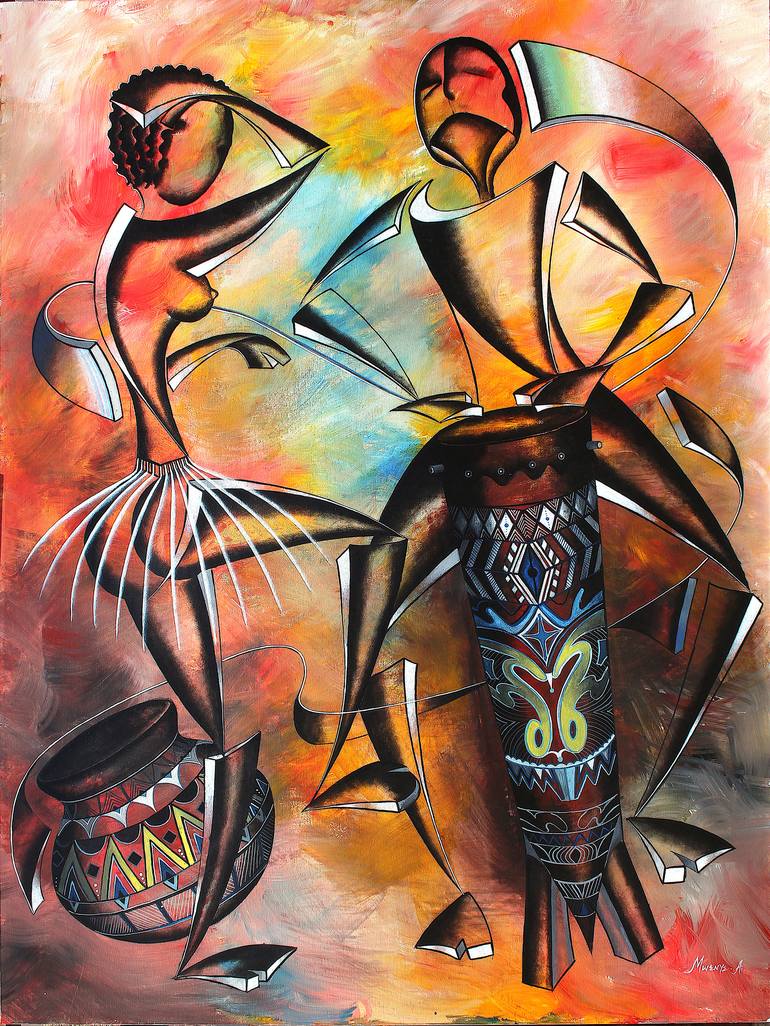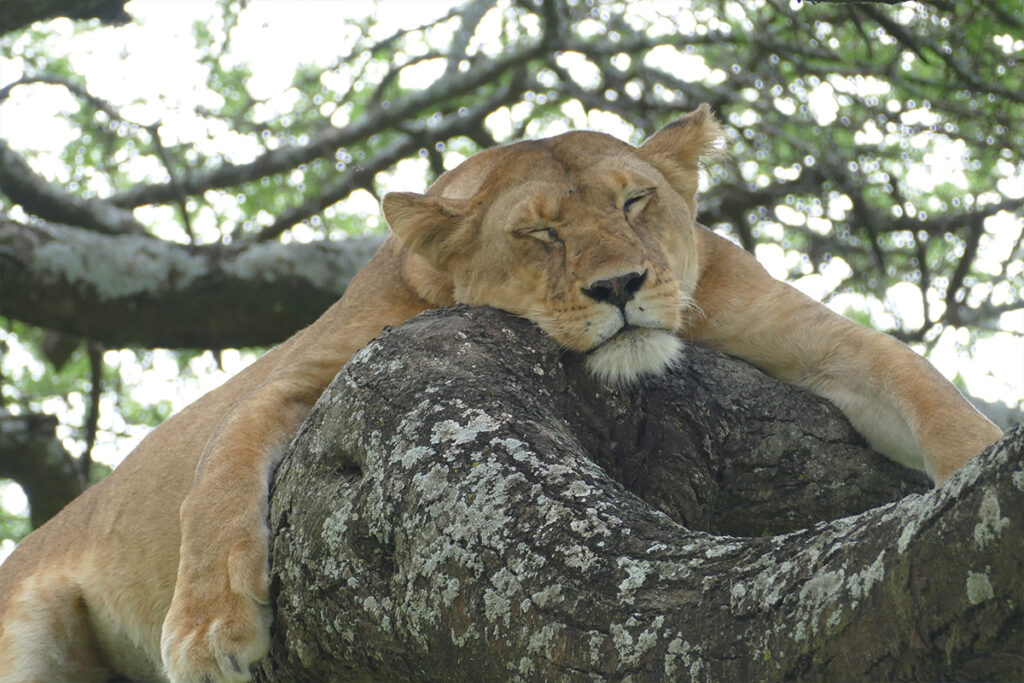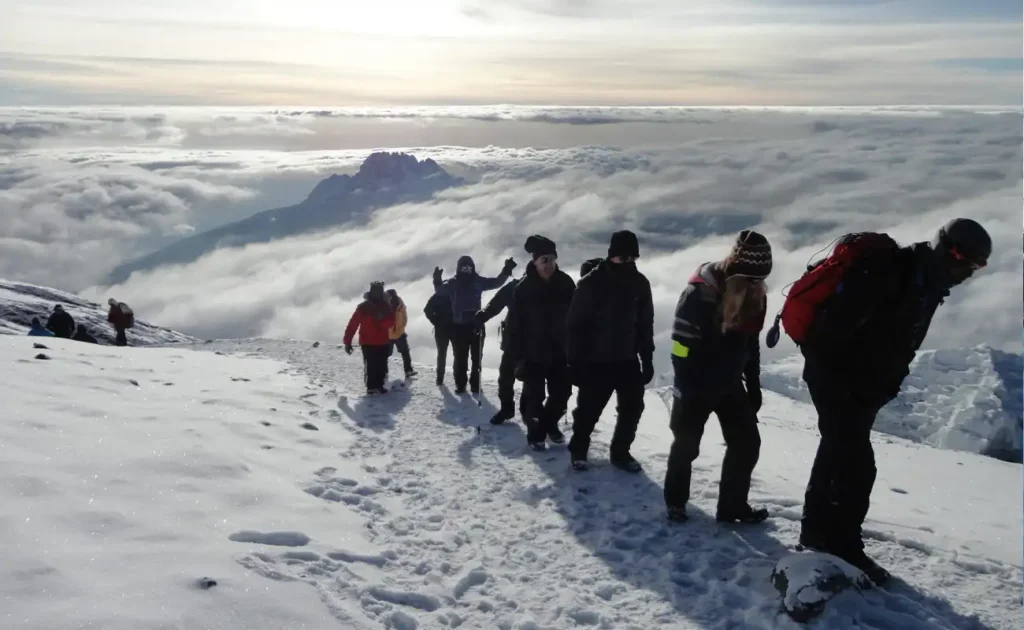In the vibrant tapestry of African cultural art forms, Zaramo traditional dances stand out due to their intricate blend of rhythm and storytelling. These dances are not merely performances; they are living narratives passed down through generations, embodying the rich heritage and social values of the Zaramo people. Aspects such as the symbolic use of color and movement in these dances often surprise those who delve deeper into their roots.
The Zaramo people, residing along the coast of Tanzania, use dance as a powerful medium to express communal identity and spiritual beliefs. These dances have historical significance, intertwining with rituals that go back centuries. Remarkably, studies indicate that over 80% of Zaramo youths participate in traditional dance groups, underscoring their pivotal role in preserving cultural legacy. This engagement highlights a conscious commitment to cultural perpetuation and adaptation in modern times.

Zaramo Traditional Dances: Rooted in History
The Zaramo people have a rich cultural heritage that is deeply intertwined with their traditional dances. These dances are more than just a form of entertainment; they are a means of preserving and passing down important historical narratives. Each movement and rhythm tells a story of the ancestors and their way of life, offering deep insights into their values and beliefs. According to this post, the dances often accompany significant events such as harvests, weddings, and spiritual ceremonies. Through these performances, the community keeps its history alive and ensures that future generations understand their roots.
One of the unique aspects of Zaramo traditional dances is their connection to the natural world. Dancers often mimic the movements of animals and natural elements, symbolizing the harmonious relationship between the Zaramo people and their environment. This connection is reflected in the vibrant costumes and face paintings, which often feature patterns inspired by nature. According to the article, these artistic expressions serve as a visual storytelling tool, enhancing the overall impact of the dance. This deep-rooted symbolism highlights the Zaramo’s respect for nature and its importance in their daily lives.
The instruments used in these traditional dances also hold historical significance. Drums, wooden flutes, and shakers are commonly used, each producing unique sounds that complement the dancers’ movements. The rhythms created by these instruments are not random; they follow specific patterns that have been passed down through generations. This interplay between music and dance creates a cohesive performance that captivates both participants and spectators. The traditional drum beats, for example, are often used to communicate messages that words alone cannot convey.
Community participation in these dances is crucial for sustaining their cultural heritage. Everyone from children to elders takes part, ensuring that the traditions are learned and practiced by all age groups. This inclusive approach not only reinforces the community’s bond but also ensures that the dance forms evolve while staying true to their roots. The ongoing practice and celebration of Zaramo traditional dances serve as a living archive of their history, allowing the Zaramo people to honor their past while looking forward to the future.
UNIVERSITY STUDENTS PERFORMING VANGA – ZARAMO TRADITIONAL DANCE FROM TANZANIA.
The Spiritual Significance of Zaramo Traditional Dances
Zaramo traditional dances hold profound spiritual importance for the community. These dances are not merely physical expressions but are deeply connected to the Zaramo’s spiritual beliefs and practices. They are often performed during rituals to honor ancestors and seek their guidance and blessings. The rhythmic movements and music create a sacred atmosphere, inviting the presence of ancestral spirits. This deep connection between dance and spirituality highlights the dances’ role in maintaining spiritual balance and harmony.
These spiritual dances also serve as a medium to communicate with the divine. Dancers often enter a trance-like state, believed to be a form of spiritual possession. This state allows them to convey messages from the spiritual realm to the community. Such experiences are considered sacred, and the dancers are treated with great respect and reverence. This spiritual communication reinforces the cultural importance of these dances.
The dances are integral to various religious ceremonies, including initiations, weddings, and harvest festivals. They often symbolize important life transitions and blessings. For example, specific dances are performed to pray for fertility, good harvests, and protection from evil spirits. During these ceremonies, the entire community participates, enhancing their collective spiritual bond. These events offer a glimpse into the vital role that dance plays in the Zaramo’s spiritual life.
Incorporating spiritual elements, such as altars and sacred objects, further enhances the spiritual significance of these dances. Dancers may wear costumes that symbolize specific spiritual beings or concepts, enhancing the ceremonial aspect. The use of traditional instruments also plays a crucial role in maintaining the spiritual energy of the dance. The Zaramo’s commitment to preserving these spiritual practices underscores their dedication to maintaining their cultural and spiritual heritage.
The Artistry behind Zaramo Traditional Dances
Zaramo traditional dances are a mesmerizing display of artistic expression. The choreography of these dances intricately combines movement with emotion, creating a vivid storytelling experience. Each step, turn, and gesture is carefully crafted to convey messages and reflect the cultural values of the Zaramo people. The dance routines often incorporate elements that mimic everyday activities and nature, making the performances relatable and engaging. These artistic components highlight the creativity and skill of the dancers.
The costumes worn during Zaramo traditional dances are equally artistic, featuring vibrant colors and intricate designs. These costumes are often handmade using materials sourced from the natural environment, reflecting the Zaramo’s connection to nature.
| Element | Representation |
|---|---|
| Color | Emotional state or element of nature |
| Patterns | Cultural symbols and stories |
The attention to detail in these costumes enhances the visual impact of the performances, captivating audiences with their beauty and symbolism.
Music plays a crucial role in the artistry of Zaramo traditional dances, elevating the overall experience. The dancers move in sync with rhythmic beats created by traditional instruments, including drums and flutes. These instruments produce a dynamic blend of sounds that energize the dancers and set the mood for the performance. The music often mirrors the theme of the dance, whether it be celebration, mourning, or storytelling. This harmonious integration of music and dance showcases the Zaramo’s rich artistic traditions.
The skill and dedication of the dancers are evident in their precise movements and expressive gestures. Training for these dances often begins at a young age, ensuring that the next generation understands and preserves this art form. The dancers’ ability to convey complex emotions and narratives through their performances speaks to their talent and passion. As a result, Zaramo traditional dances remain a powerful means of cultural expression, inspiring both the community and audiences worldwide.
Promoting Cultural Heritage: Youth Involvement in Zaramo Dances
Youth involvement in Zaramo traditional dances is vital for preserving this cultural heritage. Young people bring fresh energy and creativity to these dance forms, ensuring they remain vibrant and engaging. Many community programs focus on teaching traditional dance to younger generations. This practice not only keeps the traditions alive but also strengthens their cultural identity. Actively participating in these performances helps youths gain a deeper understanding of their roots.
Learning Zaramo dances provides youth with valuable skills beyond just dance moves. These skills include discipline, teamwork, and coordination. The process of mastering the intricate steps and rhythms fosters a sense of achievement and pride. Such skills are transferable to other areas of life, benefiting their education and careers. Therefore, dance training holds significant importance for overall personal development.
Engaging the youth in traditional dances also enhances intergenerational connections. Elders play a key role in guiding and mentoring young dancers. Through this mentorship, youths learn about cultural stories and values embedded in the dances. These exchanges create strong bonds and foster a sense of community. By participating together, both generations celebrate their shared heritage.
Schools and cultural organizations play a significant role in promoting youth involvement in Zaramo dances. They often organize dance workshops and performances to encourage participation. Through competitions and festivals, youths get the opportunity to showcase their talents. These platforms provide a stage to express their cultural pride and share it with larger audiences. Furthermore, these events can lead to interest and recognition beyond their communities.
Modern technology also aids in engaging youth with Zaramo dances. Social media platforms allow young dancers to share videos and reach wider audiences. Online tutorials and resources make learning dance steps more accessible. This digital approach keeps the art form relevant in a world where technology dominates communication. By blending traditional and modern methods, Zaramo dances continue to thrive.
Modern Interpretations of Zaramo Traditional Dances
Modern interpretations of Zaramo traditional dances breathe new life into age-old customs. By integrating contemporary styles and music, dancers create fresh and exciting performances. These modern twists maintain the cultural essence while appealing to broader audiences. As countries become more interconnected, such innovations help the Zaramo dances gain international recognition. This evolution showcases how tradition can adapt without losing its core identity.
Young dancers play a pivotal role in these modern adaptations. They experiment by blending traditional movements with hip-hop, jazz, and other dance forms. This fusion allows them to express individuality while honoring their heritage. By doing so, they attract peers who might not have shown interest in traditional dances. This approach ensures continuous engagement and creative development.
Incorporating technology is another way Zaramo dances evolve. Video streaming platforms provide a venue for dancers to share modern interpretations globally. Social media challenges encourage creativity and collaboration among dancers worldwide.
- Create viral dance challenges
- Host virtual dance tutorials
- Share performances on platforms like TikTok
These digital mediums expand the reach of Zaramo dances beyond local communities.
Even with new interpretations, the cultural importance of these dances remains unchanged. They still serve key roles during festivals, ceremonies, and cultural events. The ability to balance tradition with modern influences enriches the Zaramo community’s cultural expression. As more people witness these innovative performances, appreciation for the Zaramo’s rich cultural heritage continues to grow. This cultural blend not only unites communities but also fosters a sense of pride and continuity.

Frequently Asked Questions
Zaramo traditional dances showcase a rich blend of history, culture, and artistic flair. They are essential for preserving the heritage and strengthening community ties among the Zaramo people.
1. What is the historical background of Zaramo traditional dances?
Zaramo traditional dances have deep historical roots that trace back hundreds of years. Originating from the coastal regions of Tanzania, these dances have evolved alongside the community’s lifestyle and customs. They play a crucial role in maintaining the Zaramo cultural identity and reflecting their communal values. Historically, these dances were performed during important communal gatherings and ceremonies such as harvests and weddings.
The dances served as a medium to pass down stories, teachings, and social norms. Over time, while modern influences have begun to shape Zaramo dances, the essence of their historical significance remains strong. Today, these dances are treasures of vibrant expression that showcase the Zaramo people’s dedication to preserving their legacy. They continue to serve as a bridge connecting past traditions with present realities.
2. How do Zaramo dances reflect spiritual beliefs?
Zaramo dances are deeply tied to the spiritual beliefs of the community, often acting as a channel for divine communication. They are performed with profound reverence during spiritual rituals and ceremonies. The dancers move in harmony with rhythmic beats, creating an atmosphere that invites ancestral spirits. Through these performances, the dancers aim to honor and seek guidance from these spirits.
The connection between dance and spirituality enriches the Zaramo’s cultural tapestry. By engaging in such dances, the community fosters a stronger bond with their spiritual roots. These dances not only highlight their relationship with the divine but also serve as reminders of the spiritual values that influence daily life. This spiritual connection ensures that the dances remain a cherished aspect of Zaramo culture.
3. What is the role of costumes in Zaramo dances?
Costumes in Zaramo dances are not just decorative; they are vital to the storytelling and expression presented through the performances. Vibrant colors and intricate designs symbolize different elements of nature and spirituality. These costumes, often handmade, reflect the Zaramo’s connection to their environment and creativity in showcasing their stories.
Each piece of the costume carries its significance, contributing to the dance’s overall narrative. For instance, certain patterns might represent historical events or spiritual symbols. By wearing these beautifully crafted costumes, dancers enhance the visual impact, making the performances more engaging and culturally resonant. Costumes thus play a crucial role in preserving and sharing Zaramo traditions.
4. How do Zaramo dances influence youth involvement in cultural preservation?
Zaramo traditional dances engage youth by providing a platform for them to learn and practice cultural heritage. This involvement ensures that the rich traditions are passed down through generations, maintaining their relevance. Young dancers gain an understanding of the cultural values and stories embedded in each performance. As they engage with the dances, they develop skills such as discipline, teamwork, and self-expression.
Programs and workshops encourage youth participation, making them active custodians of their culture. The enthusiasm brought by younger generations often leads to innovations, ensuring the dances evolve while respecting traditional roots. Thus, youth involvement not only aids in cultural preservation but also strengthens their identity and community ties. It creates a sense of belonging and responsibility in maintaining their cultural legacy.
5. What are the modern influences on Zaramo traditional dances?
Modern influences have added new dimensions to Zaramo traditional dances, infusing contemporary styles and ideas. These changes ensure the dances remain appealing and relevant in today’s world. By incorporating modern music and dance elements, performers attract younger audiences and gain broader recognition. As a result, Zaramo dances continue to thrive, reflecting both tradition and innovation.
Such adaptations do not dilute the essence of the dances but rather enhance their appeal. Traditional movements are often blended with modern dance forms like hip-hop or jazz, creating a unique performance style. This fusion ensures the traditional dances adapt to changing times while retaining their cultural significance. By evolving with the times, Zaramo dances remain an enduring cultural expression.
Zaramo 9 8 18
Conclusion
Zaramo traditional dances are remarkable fusion of history, spirituality, and artistry. They serve as vibrant vessels for preserving cultural heritage, ensuring that the values and stories of the community endure through generations. These dances not only convey rich narratives but also connect the Zaramo people with their spiritual roots and natural environment.
The evolving nature of these dances, incorporating modern elements, speaks to the Zaramo community’s adaptability. By engaging the youth and embracing new influences, these dances remain relevant and cherished in today’s world. This dynamic cultural expression is both a celebration of identity and a testament to the indomitable spirit of the Zaramo people.



